Many people struggle with the idea of a career change after the age of 40, or even older. Is it too late to make the change? Nah, of course not! In fact, there are multiple reasons to take the plunge.
But the notion of making a career out of your hobby, now, that’s just a fantasy. Right?
Not so!
Here are 12 people that turned their hobbies, or side passions, into their careers when they were just a little bit, maybe “long in the tooth” isn’t the most appropriate phrase, but you get the idea. And they were quite successful at it, too. Read on, and picture yourself doing what they did.
1. Julia Child
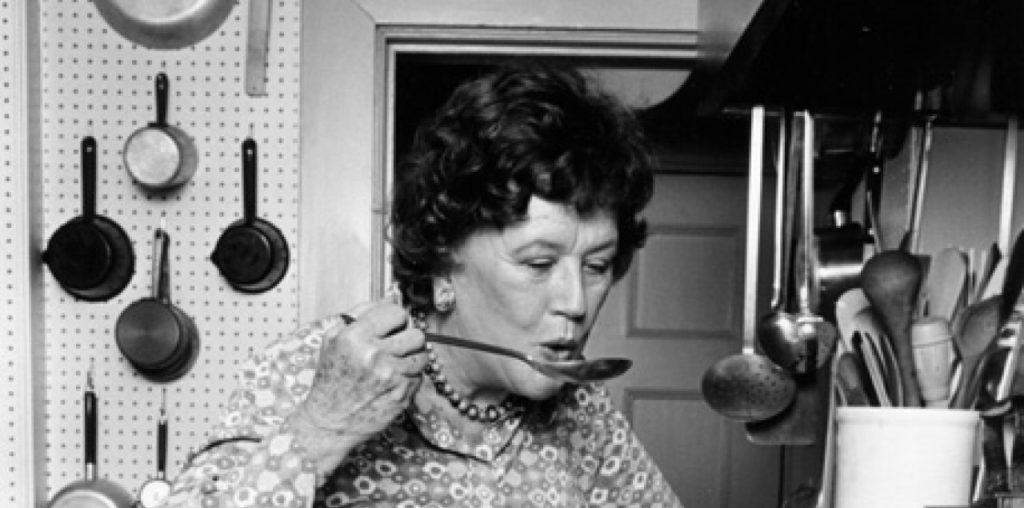
During WWII, Julia Child discovered she was considered too tall to enlist in the Women’s Army Corps (WACs), so she took a position at the Office of Strategic Services (OSS) during WWII. She began as a typist and file clerk, but she soon found herself working directly with the head of OSS as a top-secret researcher.
When the OSS found that curious sharks would accidentally set off their underwater explosives, Julia had the idea of cooking up recipes that would behave as shark repellent. This may have been her first advance into cooking.
And then she married a foodie. (The Washington Post hates this word!)
Julia was introduced to fine cuisine by her husband Paul. When he was stationed in France she attended the well-known Cordon Bleu cooking school. After graduating, she joined the Women’s cooking club, Le Cercle des Gourmettes, and joined up with two other women to write a French cookbook for Americans. While preparing the cookbook, the three women also began teaching informal cooking classes in Julia’s kitchen.
In 1961, Mastering the Art of French Cooking was published. And the rest is history.
2. Colonel Harland Sanders
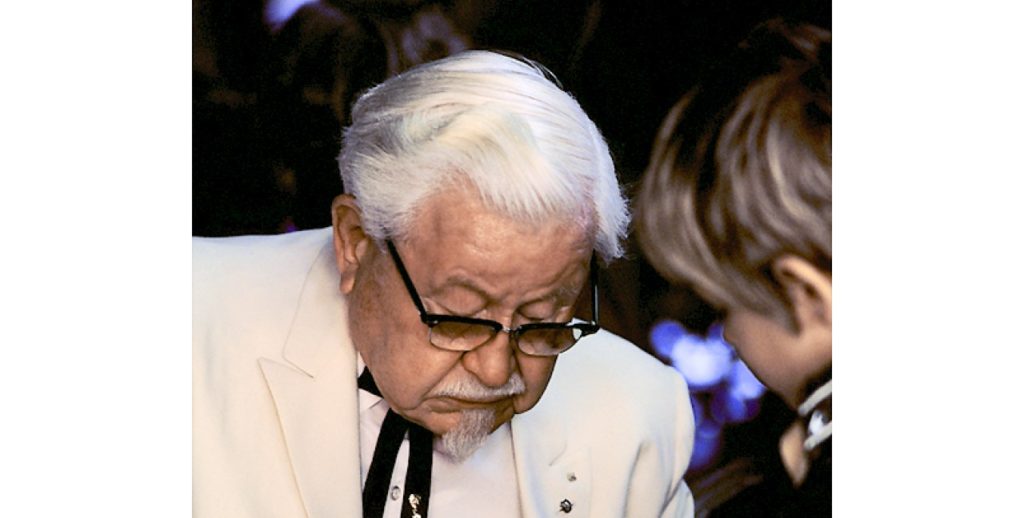
Harland Sanders’ father died when he was five. His mother took a job that kept her away for days at a time, so Harland was tasked with caring for his two younger siblings while she was away, including cooking for them. It is said that by the age of seven he was a decent cook.
When he was 10 he began working as a farmhand, taking various farm jobs until the age of 16. Following that, he held many positions including streetcar conductor, wagoner, blacksmith’s helper, and steam engine stoker.
Over the next several years, Harland married, had 3 kids, practiced law, sold insurance, established a ferry boat company (he sold it), worked for the Chamber of Commerce, started a manufacturing plant (it failed), and ran a service station. Many of his jobs and business endeavors ended following a “brawl” or an accusation of insubordination.
In 1930, he began operating a Shell service station. Before long, he was selling food, including fried chicken, from the adjacent living quarters. That side gig was doing so well he opened a restaurant and motel nearby. This business eventually closed due to the construction of a new interstate that reduced his traffic.
But by this time, he had perfected his “secret recipe”, plus a pressure fryer cooking technique, for his chicken.
Finding himself unemployed and penniless yet again, Harland put all his energy into franchising his chicken recipe and cooking technique to restaurants throughout the country. He knew it was destined to sell.
You’ve heard the stories about Colonel Sanders’ secret recipe being rejected over 1000 times before he finally had a taker. The story of Colonel Sanders and his secret recipe is told the world over to advocate perseverance.
3. Grandma Moses
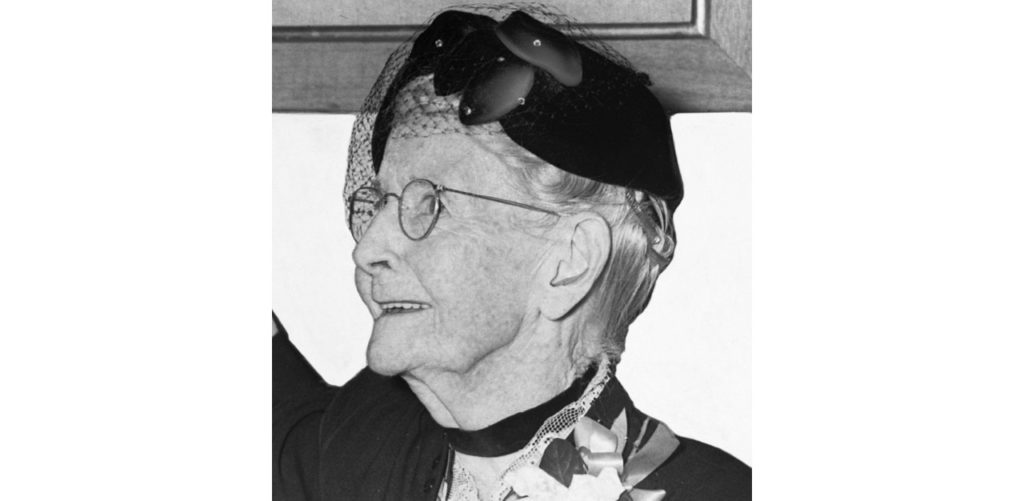
Anna Mary Robertson was born in 1860 in New York and was the third of 10 children. She enjoyed painting as a child, using juices and grasses for pigments, and taking art lessons in school. Her father encouraged her and her siblings’ artistry, buying them penny sheets of white paper rather than candy.
When she was 12, she left home to earn a living working for wealthier farming families doing both indoor and outdoor chores. One of the families she worked for, knowing of her interest in art, equipped her with some painting supplies. She would be developing her artistic style with her free moments most of her life.
In her late twenties, she met and married Thomas Moses, another farmworker. The two continued to work farms until they were finally able to purchase their own. When Thomas died of a heart attack at age 67, Anna’s son helped her maintain the farm until she retired and moved in with her daughter at the age of 76. By this time, the nickname “Grandma Moses” had stuck.
In her retirement, she was finally able to paint full-time and was quite prolific. She completed 1500 paintings before she died at the age of 101. She was selling paintings out of the local drug store for $3-$5 when an art collector happened upon them and bought their entire supply.
Then he went to her house and bought 10 more.
The next year, 3 of her paintings were displayed at the Museum of Modern Art’s “Contemporary Unknown American Painters” exhibit. The year after that, she had a solo show at Galerie St. Etienne. A month later, an exhibition of 50 of her paintings was held at Gimbel’s Department Store. By the 1950s, her exhibitions were breaking attendance records. Her paintings were used on Hallmark greeting cards and product marketing campaigns. Her canvases were selling for $8K-$10K apiece.
By the time Grandma Moses died, she was not only a very successful painter, but she was also a beloved American icon.
4. Laura Ingalls Wilder
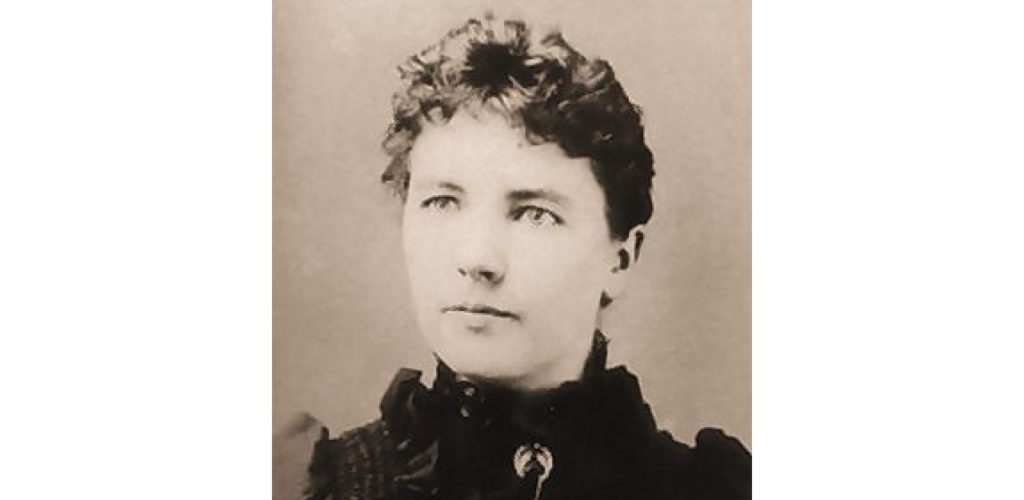
As a child, Laura and her family were early Midwest settlers. They moved from place to place according to circumstance. These adventures, or misadventures, are chronicled in her books.
The first several years of her married life to Almanzo Wilder were equally difficult. Many lessons were learned which helped her both find success in their farming endeavors, and to establish herself as someone who should be heard.
In 1894, the Wilders moved to Missouri and purchased 40 undeveloped acres that they named Rocky Ridge Farm. It was a long hard path, but over the next 20 years, they had cultivated 200 acres of successful farmland. Having learned from farming a sole wheat crop in the past, this farm was well-diversified, with poultry, dairy, and a fruit orchard.
As life for Laura was finally under control, she began to join clubs and farm associations. She was deemed an expert on rural farming life. She was often invited to speak and share her knowledge with various groups. In 1911, she was asked to write an article for the Missouri Ruralist, which led to her own column, “As a Farm Woman Thinks”.
Her time writing for the Missouri Ruralist developed both her writing skill and style and also a loyal readership. In 1930, following the stock market crash and in the hopes of generating some extra money, Laura began writing her memoirs. After publishers rejected this work, her daughter Rose, an already accomplished and somewhat famous writer, encouraged her to rewrite the memoirs for elementary-aged children.
The 8-volume series of Little House books are a relatively accurate depiction of pioneer life and the difficulties faced by America’s early settlers. The books are still in print today.
5. Tim and Nina Zagat
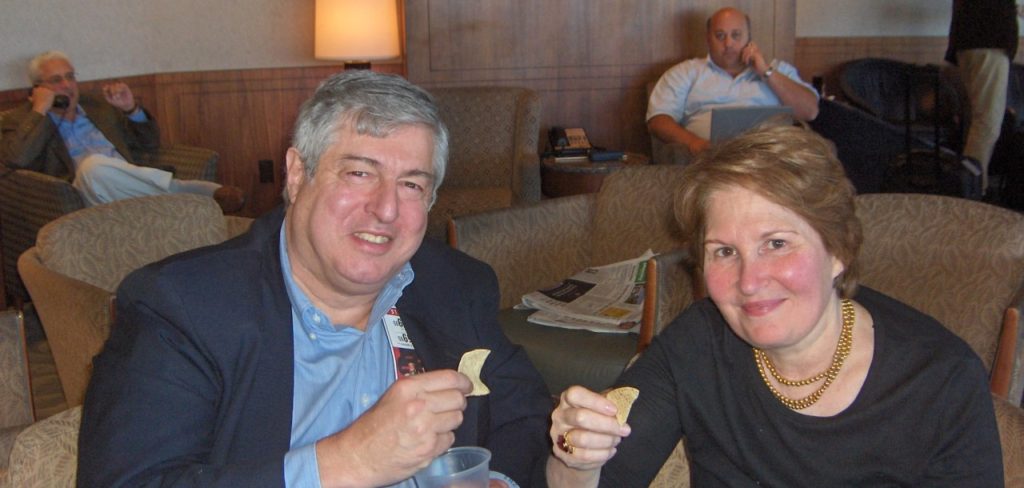
The Zagats were a New York power couple of corporate lawyers. During a time when they were living in Paris, they began to record their personal opinions on local restaurants – what they liked or did not like. It is said that at this time they developed their idea for a new type of restaurant guide.
Upon moving back to New York, they began asking their friends about New York restaurants and compiling the resulting statistics.
They published their first New York City restaurant guide in 1982. After a couple of years, they were selling like hotcakes, and the couple decided to quit their corporate jobs and pursue the world of restaurant ratings full-time.
The idea behind the guide is that consumers would get more from a compilation of reviews from customers than they would get from the single review article of a restaurant critic. Basically, a more sophisticated Yelp before the internet.
The Zagat Survey expanded to multiple cities and began including hotel and store reviews along with restaurant reviews. They eventually expanded into the internet space with limited success. However, in 2011, Google purchased the company for $151 million.
6. Edmond Hoyle
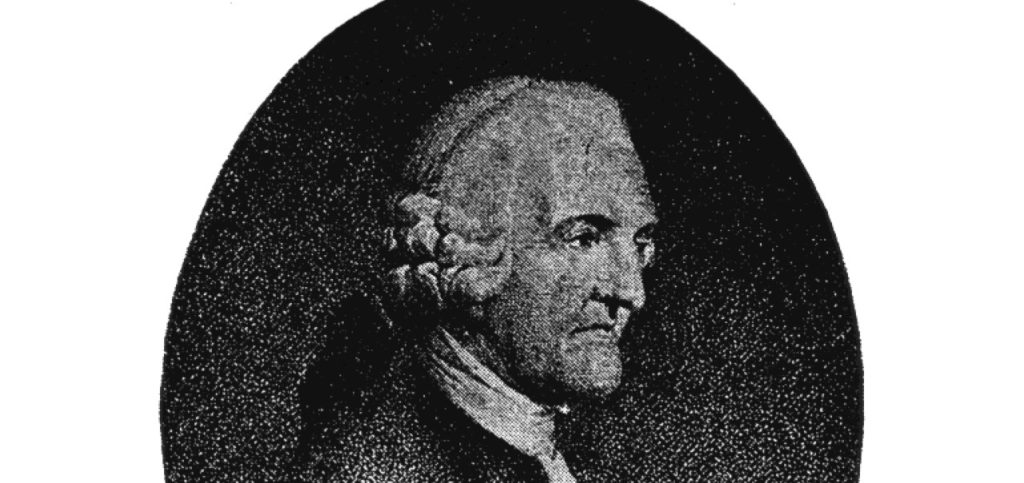
Edmond Hoyle is known as the first technical writer of card game rules.
Edmond was in his late 70s when he started tutoring high society members on how to play the game of Whist. He also had a set of notes that he would sell to his students.
In 1742, he expanded his notes into a pamphlet called “A Short Treatise on the Game of Whist” and had it published. He sold the booklet for one guinea apiece, which was quite high for the time. When the rulebook sold out, rather than publish more copies, Edmond sold the rights to the booklet to a bookseller for 100 guineas. Again, this was quite the haul for a pamphlet about a card game.
The same bookseller published additional technical writings on various games including chess, piquet, brag, backgammon, and quadrille, and even a book on probability theory. The bookseller went out of business and the rights to the Hoyle treatises were sold to Thomas Osbourne who compiled and sold the booklets as a collection.
The famous phrase “according to Hoyle”, meaning by the book or with strict adherence to the rules, is in reference to him. The phrase is still in use today, especially in Europe. In 1979, Hoyle was an honorary charter inductee into the Poker Hall of Fame. He died long before poker was invented. Were he alive, he surely would have written the book on it.
7. Emily Kim (“Maangchi”)
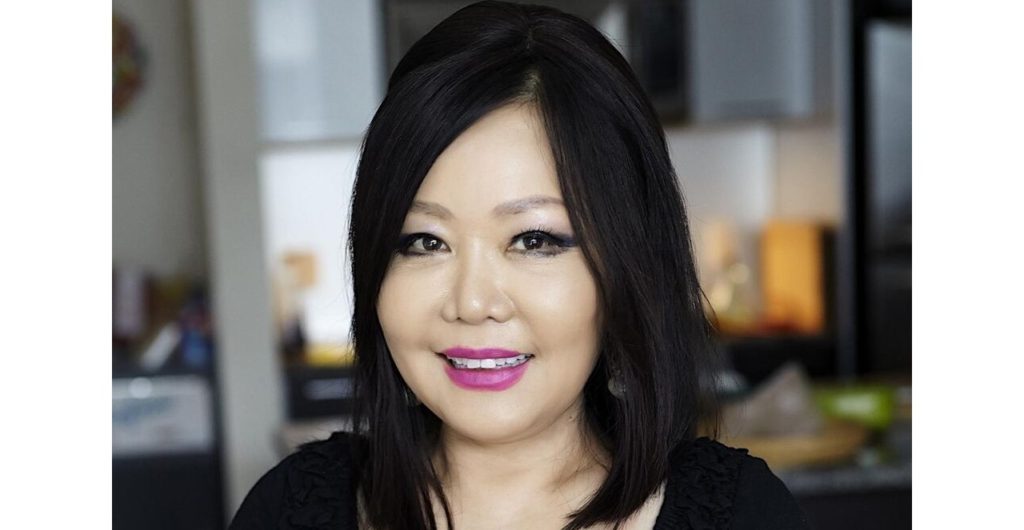
The New York Times referred to Emily Kim as YouTube’s Korean Julia Child. Does that say it all, or what?
Emily was born in South Korea, and at the age of 35, moved to Missouri where she worked as a teacher. As one might expect, she found the options for Korean food in Missouri to be wanting. She began cooking traditional Korean cuisine for her friends in the local Korean-American community.
In 2007, she took to YouTube and began publishing Korean food cooking videos. Her videos are published under her gaming name “Maangchi”.
See the below Maangchi video for traditional kimchi.
Spurred on by her channel’s popularity, she wrote a traditional Korean cookbook that was published in 2015.
Maangchi currently has more than 5.5 million subscribers.
8. Shirley Curry (“Skyrim Grandma”)
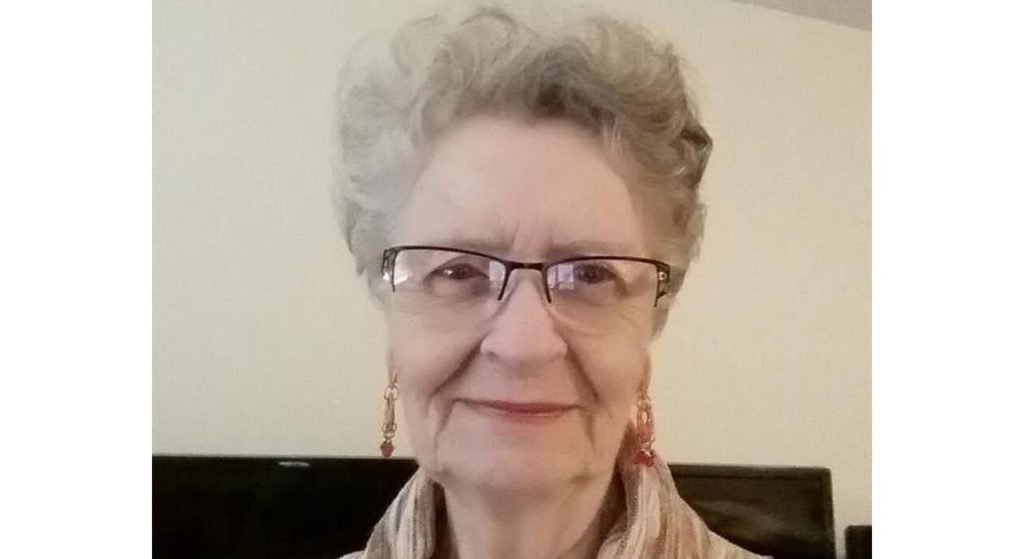
Shirley Curry started playing video games in earnest in her 60s when her son turned her onto the strategy game Civilization II. She couldn’t stop playing! After a while, she expanded her video game tastes into open-world role-playing games (RPGs). In this genre, she found some of her favorite games, including those of the Skyrim series.
Shirley joined the Youtube community so she could watch others play and she frequently posted comments. She gained a handful of followers this way who started asking her to upload a video of her own gameplay, which she did. She quickly became a popular, wholesome, and sweet source for Skyrim walkthroughs and earned the nickname “Skyrim Grandma”.
Shirley holds the Guinness Book of World Records title of oldest video game Youtuber. The Skyrim game Elder Scrolls IV has even chosen to immortalize her as a follower character!
Shirley was featured in an episode of Gameumentary. Check out her story in the below video.
9. Dave Anderson (“Famous Dave”)
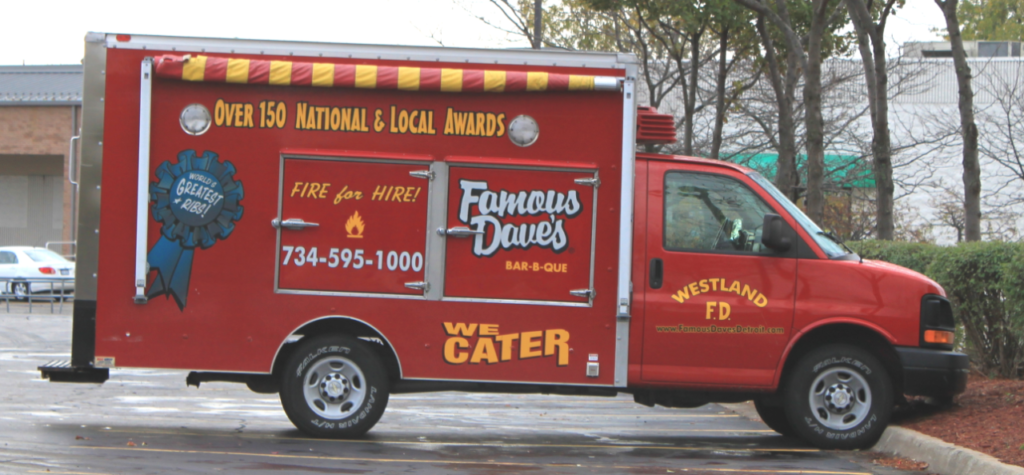
Dave Anderson grew up in a family that appreciated good barbecue. Growing up in Chicago, he knew his family was unique in that they didn’t go out for pizza and hot dogs, but instead went to the south side of Chicago for beef tips.
On NPR’s How I Built This, Dave recalls a pivotal moment in his childhood. He walked out to the porch one day to see his father pulling a newspaper-wrapped rack of ribs from his lunch pail. Dave was smacked with the exquisite aroma. His father gave him a taste. He says it was at that moment that he knew he wanted to learn to make great, really great, barbecue.
As he got older he worked on his technique, often inviting friends over for a barbecue meal. As his guests began to tell him more and more, “Dave, you should really open up your own rib shack”, he says the dream began to materialize.
The first Famous Dave’s restaurant opened up in Hayward, WI in 1994. Fairly quickly, he was serving up to 1000 customers a night.
Dave has won multiple national barbeque awards, including Greatest Ribs in America and Greatest Sauce in America. In 1995, his Rich & Sassy® BBQ sauce won 1st place in the American Royal Barbecue Sauce Contest in Kansas City, which is considered the most prestigious barbecue contest in the world.
10. Patrick O. Brown
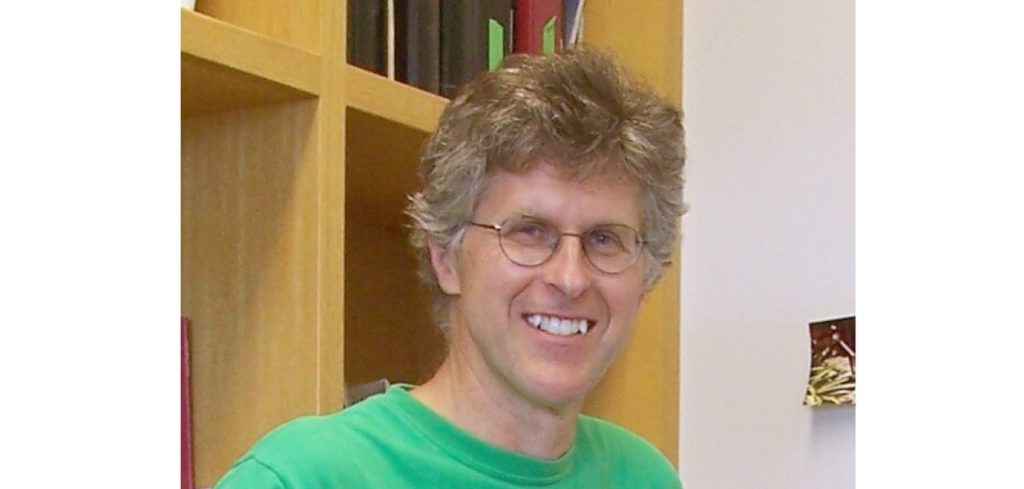
Dr. Pat Brown was a biochemistry professor at Stanford University. In 2009, he decided to take an 18-month long sabbatical and to use this time to figure out how he next wanted to contribute to the world.
He wanted to tackle what he considered to be the largest problem facing the world, and he knew it would be environmental. Brown, a vegetarian for most of his life, determined that the greatest threat to the environment was the meat industry.
Understanding that public policy and/or education were unlikely to deter people from eating meat, he had an innovative idea. He would develop a product that gave people all the pleasure, satisfaction, and nostalgia of meat, with the same flavors and textures, but made from plants.
Watch this awesome video explanation of the Impossible Foods story.
What Pat and his team discovered is the key to a meaty taste is the presence of hemes. Hemes are a family of molecular compounds, components of hemoglobin, that are responsible for transporting oxygen through the bloodstream.
Today, Impossible Food products are available in a wide variety of grocery stores and markets, as well as served in many restaurants and fast-food chains. The company is valued at more than $4 billion.
Check out this super enjoyable Impossible burger taste test episode by the hilarious fellows at Good Mythical Morning. [Spoiler Alert: They like the Impossible Fatburger best]
11. Peter Mark Roget
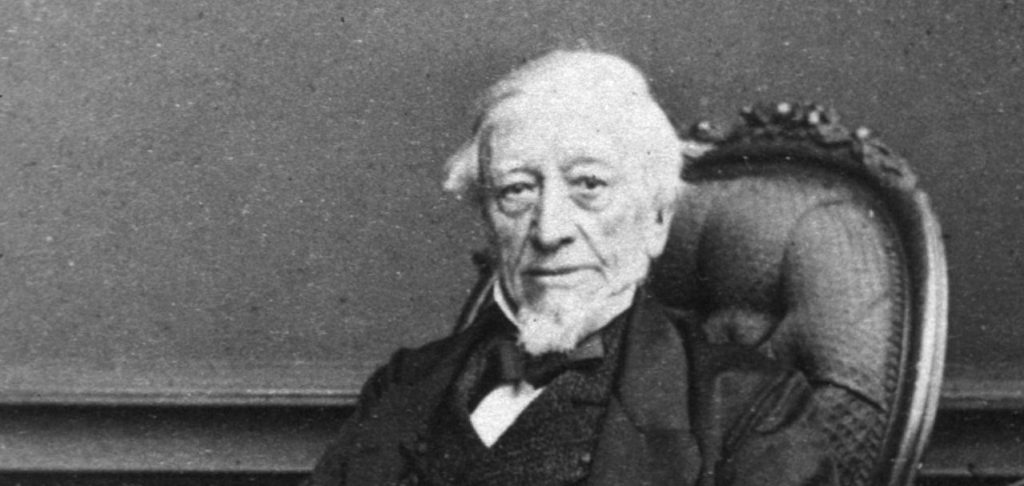
Peter Mark Roget was a medical doctor in London in the early 1800s. He was one of the founders of the Society for the Diffusion of Useful Knowledge, a group with the goal of publishing a variety of information for those who were unwilling or unable to obtain formal education, founded in 1826. He also helped to establish the University of London in 1837.
He retired in 1840 at the age of 61.
Besides being a physician, Roget was known as a lexicographer, or one who compiles dictionaries. It is said that he had a love, even an obsession, with words from an early age. By the age of 8, he had a firmly established habit of creating long lists of words. By his mid-twenties, we had begun a massive notebook of words organized into categories according to meaning.
In 1852, at the age of 73, Roget published the first edition of his catalog of words. The title of this manuscript was the very descriptive if not-so-succinct, “Thesaurus of English Words and Phrases Classified and Arranged so as to Facilitate the Expression of Ideas and Assist in Literary Composition”.
As you might expect, the Thesaurus is subject to ongoing expansions and new editions. There were 28 revisions during Roget’s lifetime, and it continues to expand. The original printing contained 15,000 words while the latest has 443,000 words.
Sylvia Plath declared Roget’s Thesaurus her desert island book.
12. John Pemberton
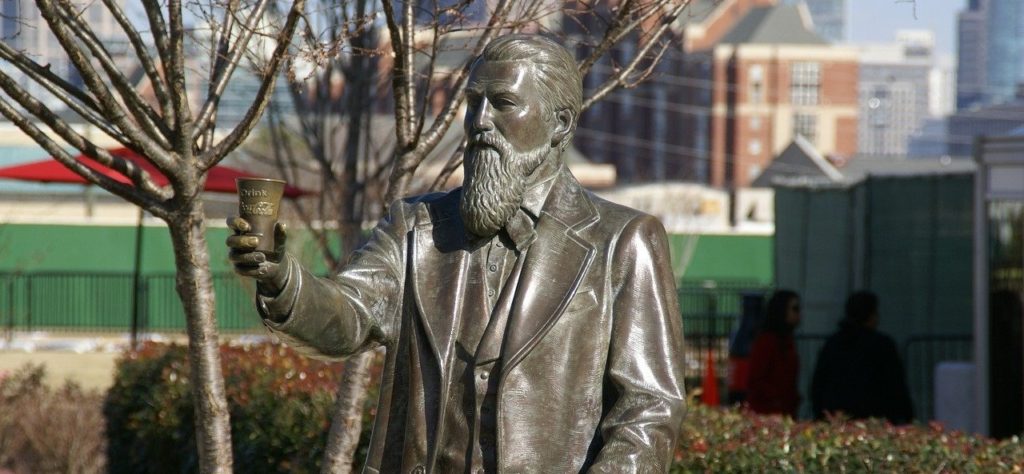
John Pemberton was a pharmacist and Confederate States Army Veteran. He sustained a traumatic saber wound near the end of the American Civil War which led to an unfortunate morphine addiction.
Uncomfortable with his morphine dependence, Pemberton spent much of his free time experimenting with developing a morphine-free painkiller.
He first created a tonic called “Dr. Tuggle’s Compound Syrup of Globe Flower”. The active ingredient was an extract of the toxic buttonbush.
Next, he experimented with formulas including coca and coca wines, with the addition of kola nut and damiana extracts, the latter two ingredients presumably for flavor. Coca is the plant from which cocaine is derived, and coca wines are mixtures of cocaine and wine. (Wow!) This alcoholic, caffeinated, painkilling beverage was dubbed “Pemberton’s French Wine Coca”.
In 1886 came the temperance movement, and Pemberton needed to create a non-alcoholic version of his libation. He worked together with another drugstore owner, using trial and error, to come up with the final syrup and preparation instructions.
When he accidentally blended the syrup with carbonated water rather than regular, Pemberton decided he needed to sell this concoction as a fountain drink rather than a medicine.
His bookkeeper and partner convinced him to change the name to “Coca-Cola” because it was more pleasing to the ear.

Pingback: Why Generation X is uniquely equipped to make their dreams come true
Pingback: New research suggests gray hair can be reversed, but don't get too excited